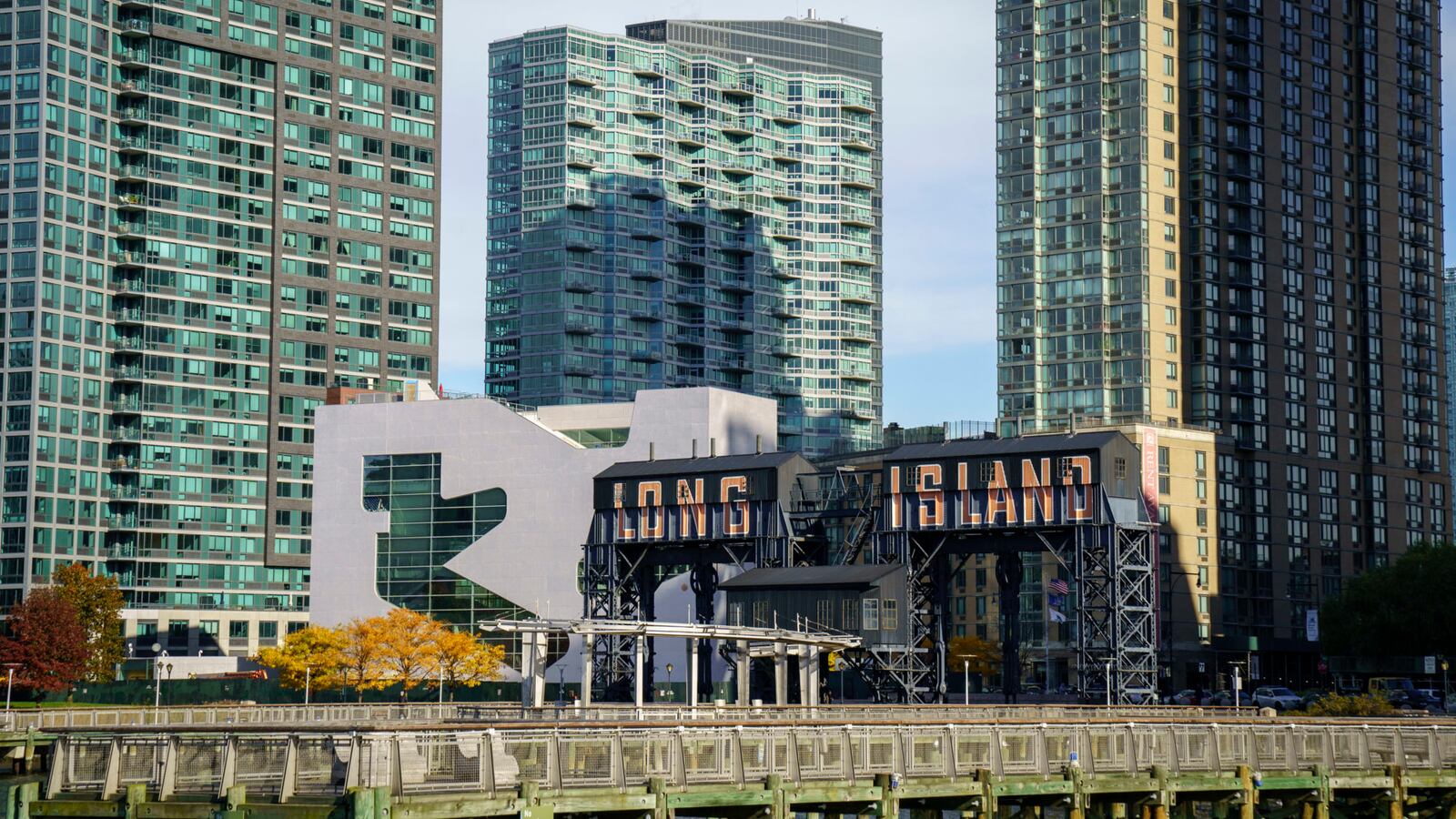Now that the holiday season has come to a close and the flow of Amazon boxes arriving at our doorsteps has slowed to a trickle, New Yorkers and Virginians are bracing themselves for a different Amazon arrival — the company’s new offices planned for Long Island City and Northern Virginia.
As education researchers, we are focused on how Amazon’s arrival will transform schools in both areas. We’ve spent years studying gentrification and education and believe that Amazon’s arrival presents an important opportunity to learn from the past — and to create policies that benefit all students and families before it is too late.
Here is what research has already shown us.
We know that high-wage workers with school-age children will enter each region’s already overcrowded public schools. Choice can lead to gentrification, and gentrifiers use school choice mechanisms to select private schools, charter schools, magnet schools, and gifted and talented programs. Families with social, cultural, and economic capital move into low-income neighborhoods but often opt out of local schools that are mostly black and/or Latino and low-income.
This process is already happening in Long Island City, other parts of Queens, and throughout New York City. Yet there is also some evidence that gentrification offers the potential for school integration.
Where policymakers might go wrong is trusting that integration will happen on its own. The past also shows us that plans to integrate established schools are often met with resistance, or advantaged families wield their privilege to shape schools in ways that fit their children’s needs over those of others.
Since we have found ourselves on the far side of holiday wish lists, here is our list for the future.
First and foremost, both New York City and Northern Virginia need strong policies to protect residents from displacement. There must be support for public housing, mixed-income housing, community land trusts, community services, local culture, and local businesses that support longtime community members. And yet as Bradley and Alisha’s review shows, protecting residents from displacement is only the first step to ensuring that residents and their children have meaningful opportunities.
Second, policymakers must plan for Amazon’s arrival by creating integrated, high-quality schools that both new and old residents will want to opt into. Allison’s research shows that parents in New York City see their school choices as a reflection of their values, and parents committing to help district schools for the common good should be valued and supported. However, the city must also adjust admissions policies with “set-asides,” weighted lotteries, or other options to ensure low-income families have seats at schools coveted by new residents.
Third, both districts need to create more classroom space. Allison found that one of the main reasons New York City’s gentrifier parents gave for using school choice to opt out of their local schools was overcrowding. Therefore, each city must be proactive by opening new schools to accommodate the influx of families with children and to keep class sizes low.
School choice options and processes also need to be transparent, simplified, and accessible to all families. Molly’s research indicates that choice often ends up a mirage. Socio-economically disadvantaged families can be left out of the school choice process because they are not informed about its details — formally or informally — or do not think their children can attend certain schools. Meanwhile, residents who are middle and upper-middle class feel they do not really have choices either, due to competitive and costly private school admissions and the complications of charter school lotteries and the public school choice process.
Lastly, we know that creating diverse schools is not enough to achieve equity. Culturally responsive educational systems are needed too. We should be cultivating what Georgetown law professor Sheryll Cashin has called “multicultural islands” in Long Island City and Northern Virginia, which are defined by their “multicultural character, established diverse identity, diverse housing … [and] an abundance of community organizations that build community.” And this multicultural respect and way of life must be reflected in all aspects of the schools.
Unless education policymakers act, our research shows that Amazon’s arrival has the potential to exacerbate racial and economic segregation in our schools and tensions in our communities. But if our cities protect, plan, and are proactive — listening first to low-income families and longtime residents and ensuring they are beneficiaries of policy changes — Amazon will land in strong, integrated school systems with protections to keep longtime residents in place.
Allison Roda is an assistant professor of Education at Molloy College. Molly Vollman Makris is an assistant professor of urban studies at Guttman Community College, CUNY. Alisha Butler and Bradley Quarles are doctoral students at the University of Maryland, College Park studying education policy.
About our First Person series:
First Person is where Chalkbeat features personal essays by educators, students, parents, and others trying to improve public education. Read our submission guidelines here.


